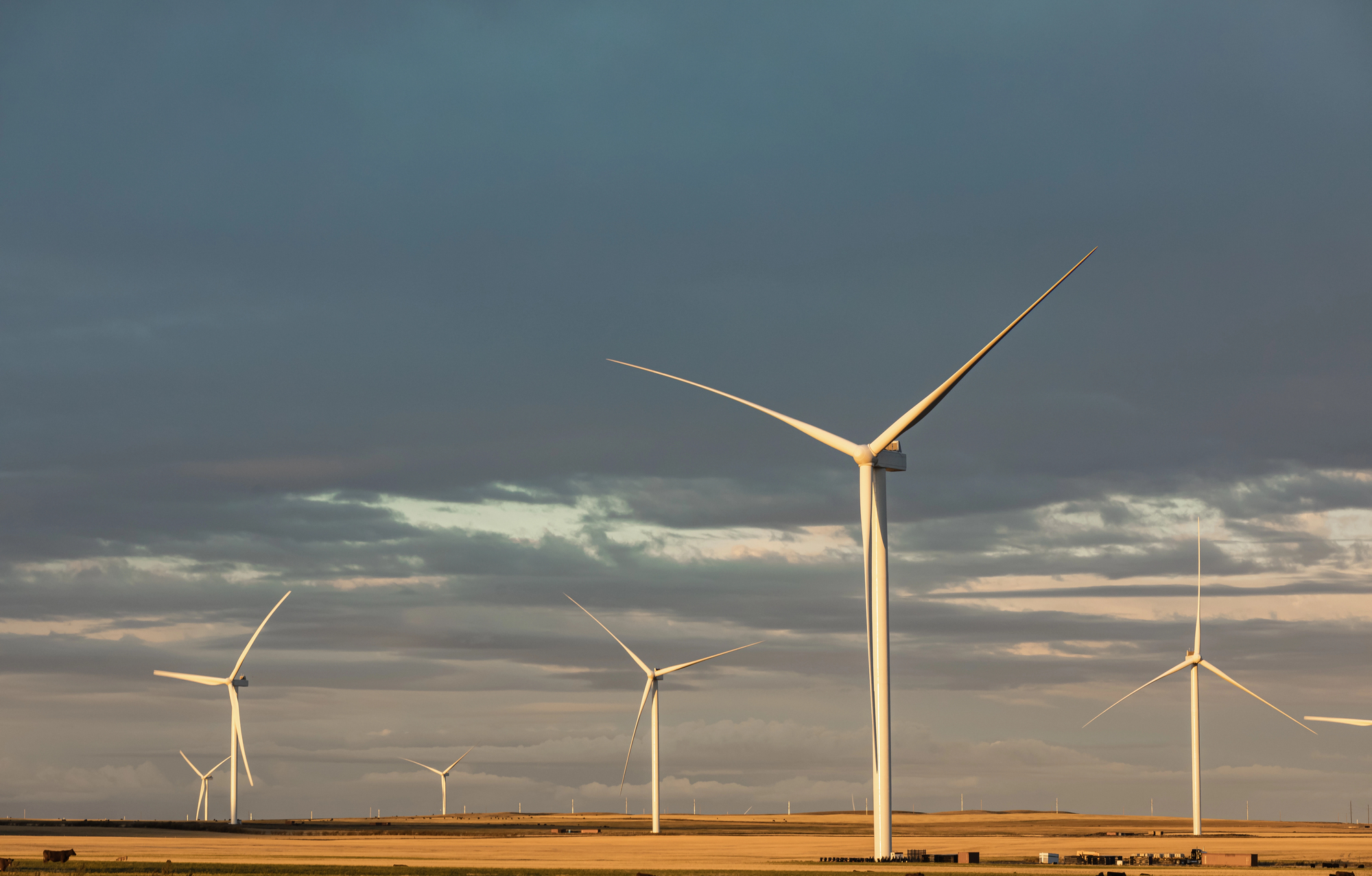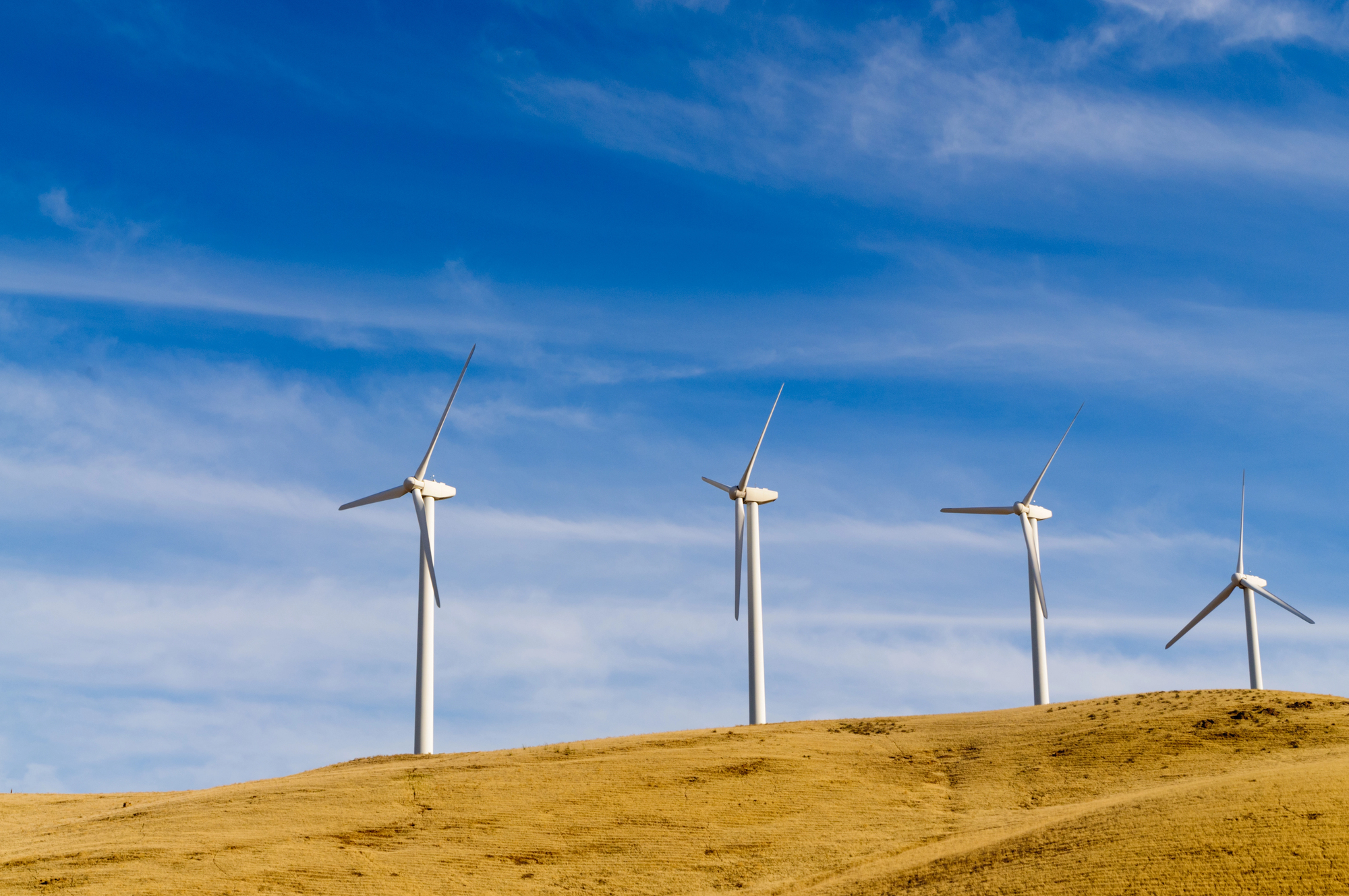The ongoing Russian aggression has turned Ukrainian energy sector into a critical battlefield, with Russia’s relentless attacks targeting infrastructure that sustains Ukraine’s power grid and heating systems. Since the full-scale invasion began in February 2022, these attacks have inflicted unprecedented damage, pushing Ukraine’s energy system to the brink. Yet, amid the darkness lies an opportunity to rebuild the energy sector not only to survive the war but to emerge stronger, greener, and more self-reliant.
Ukraine’s import patterns for energy equipment tell a story of both immediate necessity and long-term strategic thinking. The domestic production capacities were not sufficient to meet the energy demand following the destruction of domestic energy infrastructure, so in response the country has seen a significant surge in the imports of critical energy equipment. The share of energy equipment imports within Ukraine’s total imports nearly doubled from 1.4% in 2021 (EUR 0.9 billion out of EUR 61.6 billion) to 2.7% in 2023 (EUR 1.6 billion out of EUR 58.7 billion), reflecting the urgency to repair and replace what has been lost. Diesel generators and electricity storage systems have been at the forefront of this import surge, essential for ensuring backup power during frequent outages caused by ongoing Russian attacks.
Figure 1. Share of energy equipment imports by category, annual total (2021-2023), EUR million
Source: International Trade Center based on Ukrstat data, authors’ calculations. Note: since this figure is based on customs statistics, it does not include in-kind donations of equipment
The prioritisation of non-renewable energy generation equipment, particularly diesel generators, underscore the immediate need to stabilise power supplies during the ongoing war conditions. These generators are quick to deploy and provide reliable power, which is crucial when the grid is under constant threat. However, this short-term reliance on fossil-fuel-based technologies carries long-term risks. Ukraine's domestic oil refining capacities have been destroyed by Russian bombing, creating reliance on oil product imports and this dependency introduces significant economic risks due to potential supply chain disruptions and price volatility. And this is not even mentioning lock-in risks and the impact on greenhouse gas (GHG) emissions.
On the other hand, the war has starkly highlighted the strategic importance of renewable energy sources. Solar photovoltaic (PV) systems, for example, offer a decentralised power solution less vulnerable to large-scale attacks. Despite a decline in imports of renewable energy equipment—solar PV imports fell from EUR 193 million in 2021 to EUR 52 million in 2022 before partially recovering—there is a growing recognition of the need to pivot towards renewables. The integration of solar PV and wind energy, coupled with robust storage solutions to manage the intermittency of renewable energy, is seen as one of the key tenets of a resilient energy infrastructure that can withstand future disruptions.
While the immediate priority must be to ensure enough power and heat are available to the population for the coming winter, and that sufficient flexible capacity (such as highly manoeuvrable gas-powered plants) is present in the system, there is ample room for growth in terms of renewable rollout. Higher renewable ambitions are presented in all key governmental planning documents, even in the short-term to mid-term, including in the recently adopted National Energy and Climate Plan 2025-2030. Importantly, the deployment of small-scale renewable solutions has already been key, providing more reliable power to not only individual consumers, but also to public buildings, including schools and hospitals. The goal is not yet to provide full generation autonomy, but the installation of decentralised renewables has been important in helping provide power during both planned and unplanned blackouts, which Ukraine has been experiencing throughout the war. This has especially been the case in the last few months, as Russia’s missile attacks and attacking of key infrastructure has intensified.
Figure 2. Imports of energy equipment by technology, in EUR million
Source: International Trade Center based on Ukrstat data, authors’ calculations
International partners have played a vital role in supporting Ukraine's energy sector. Through in-kind donations and coordinated efforts by international partners such as the Ukraine Energy Support Fund, G7+ Energy Coordination Group, Ukraine Support Task Force, and EU Civil Protection Mechanism, significant quantities of critical energy equipment have been delivered, strengthening the country’s ability to restore power amidst ongoing attacks. However, this external assistance must be complemented by robust domestic policies that create the conditions for an organic development of the renewable energy segment.
Ukraine has already begun taking steps in this direction. Legislative measures have been enacted, such as the July 2023 Law No. 3220-IX which aims at simplifying the connection of renewable energy generation facilities to the grid, and bolstering benefits for prosumers (individuals who both consume and produce energy). Financial and market mechanisms are also increasingly emerging, and in July 2024 the Government of Ukraine announced a 0% interest loan program for households that purchase and install renewable energy generating equipment and energy storage systems, as well as support to businesses. While these amounts are small for now, the creation of a new 5-year product for ancillary services provides an important instrument to enable market-based investments into the system.
In many cases, small-scale solar PV panels already provide good value even under the currently capped electricity tariffs, with lower-bound estimates from a study earlier this year suggesting payback periods below 8 years. Importantly, larger amounts of battery storage will be needed to ensure that renewable energy sources can be integrated into the system. In mid-2024, the Transmission System Operator Ukrenergo took important steps forward in this direction, holding a successful auction for 99 MW of storage capacity.
If expanded and sustained, these initiatives could drive a significant shift towards a greener energy system, reducing the country’s reliance on imported fossil fuels and enhancing its long-term energy security. While the immediate focus is elsewhere, renewables can already help and must be prioritised in the overall reconstruction of the system, going in tandem with increases in balancing and storage capacity.
For decision-makers and stakeholders involved in Ukraine’s energy and climate strategies, the message is clear: the war presents a bittersweet opportunity to rebuild the energy system back in a greener and better way. While in the short-term, especially for the upcoming heating season, all measures must be pursued to ensure the provision of electricity and heat to Ukrainians, the role of renewables must not be neglected. This is especially pertinent given Ukraine’s climate commitments, its ongoing accession to the European Union, as well as the long-term economic competitiveness of the Ukrainian economy.
The stakes are high. Ukraine’s energy future hangs in the balance, and the decisions made today will have lasting implications for the country’s resilience and environmental sustainability. Many pathways have to be pursued concurrently. Part of the story is ensuring the continuous operations of the country’s nuclear fleet, which was and continues to be instrumental to Ukraine’s electricity supply. Increasing interconnections and electricity trading capacities with the ENTSO-E is also fundamental on the supply side, while bolstering energy efficiency measures and demand response can decrease the pressure on generating capacities. Continuous system stability and balancing capacities are hugely needed and will require fundamental investments in the transmission grid, but also in larger battery storage and highly manoeuvrable gas capacities. Importantly, decentralisation and the continued roll-out of small-scale renewable solutions however also play a key role. By continuing to prioritise and invest in renewable energy, both small- and utility-scale, coupled with the other aforementioned assets, Ukraine can not only rebuild what has been lost but also create a more secure future. The war has revealed the vulnerabilities of the old energy system—now is the time to embrace a new one.
A detailed report can be found on the “Low Carbon Ukraine” web-site.
Photo: depositphotos.com/ua
Attention
The authors do not work for, consult to, own shares in or receive funding from any company or organization that would benefit from this article, and have no relevant affiliations



